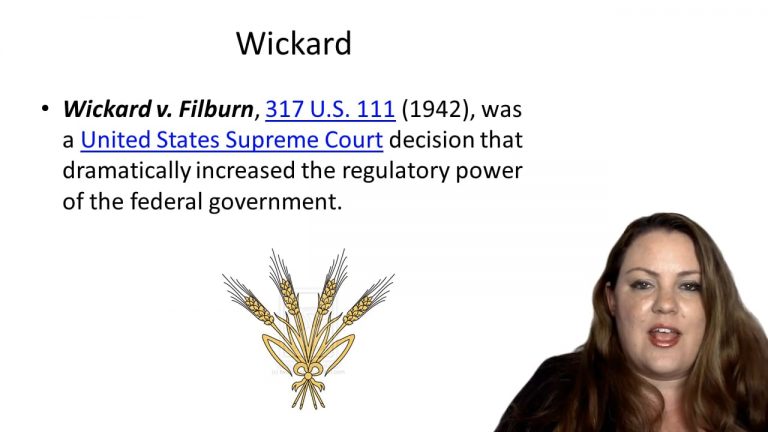SmartBrief
Confirm favorite deletion?
Criminal Procedure Keyed to Miller
Alberto R. Gonzales v. Angel McClary Raich
Citation:
545 U.S. 1 (2005)Facts
California’s Compassionate Use Act of 1996 created an exemption from criminal prosecution for physicians, patients, and primary caregivers who possess or grow marijuana for medicinal purposes. The Act conflicted with the federal Controlled Substances Act (CSA), which banned the possession of marijuana. Plaintiffs Angel Raich and Diane Monson were both told by their physicians that marijuana was the only drug available to provide effective treatment for their conditions. Monson cultivated her own marijuana while Raich relied on two caregivers to provide her with marijuana.
Federal agents from the Drug Enforcement Administration (DEA) seized and destroyed all of Monson’s cannabis plants, although county officials found them to be lawful under California law. Raich and Monson sued the Attorney General of California and the head of the DEA seeking the prohibition of the enforcement of the CSA. They argued that enforcing the CSA against them would violate the Commerce Clause, the Due Process Clause of the Fifth Amendment, the Ninth and Tenth Amendments of the Constitution, and the doctrine of medical necessity.
Only StudyBuddy Pro offers the complete Case Brief Anatomy*
Access the most important case brief elements for optimal case understanding.
*Case Brief Anatomy includes: Brief Prologue, Complete Case Brief, Brief Epilogue
- The Brief Prologue provides necessary case brief introductory information and includes:
Topic:
Identifies the topic of law and where this case fits within your course outline.Parties:
Identifies the cast of characters involved in the case.Procedural Posture & History:
Shares the case history with how lower courts have ruled on the matter.Case Key Terms, Acts, Doctrines, etc.:
A case specific Legal Term Dictionary.Case Doctrines, Acts, Statutes, Amendments and Treatises:
Identifies and Defines Legal Authority used in this case.
- The Case Brief is the complete case summarized and authored in the traditional Law School I.R.A.C. format. The Pro case brief includes:
Brief Facts:
A Synopsis of the Facts of the case.Rule of Law:
Identifies the Legal Principle the Court used in deciding the case.Facts:
What are the factual circumstances that gave rise to the civil or criminal case? What is the relationship of the Parties that are involved in the case.Issue(s):
Lists the Questions of Law that are raised by the Facts of the case.Holding:
Shares the Court's answer to the legal questions raised in the issue.Concurring / Dissenting Opinions:
Includes valuable concurring or dissenting opinions and their key points.Reasoning and Analysis:
Identifies the chain of argument(s) which led the judges to rule as they did.
- The Brief Prologue closes the case brief with important forward-looking discussion and includes:
Policy:
Identifies the Policy if any that has been established by the case.Court Direction:
Shares where the Court went from here for this case.
Topic Resources

 9m 38s
9m 38s